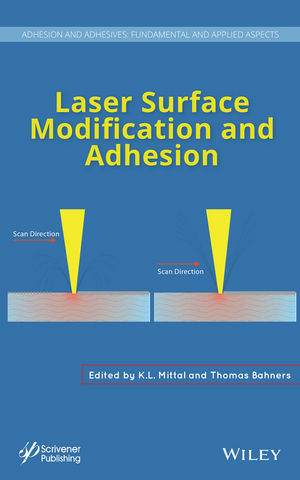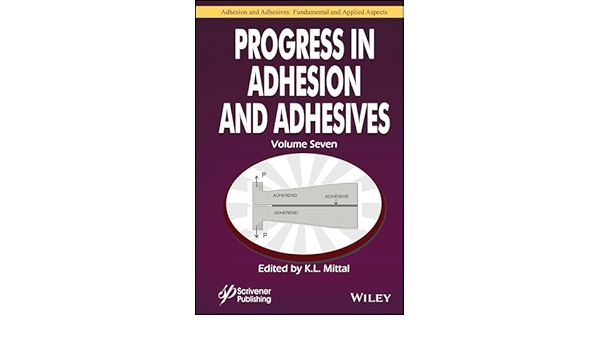Ask Dr. Dave: May 2013
Several types of products can provide high electrical conductivity for assembly applications.

Question: We are looking for adhesives with high electrical conductivity for several assembly operations. What alternatives do we have?
Answer: Several types of product can be used, depending on what sort of properties you require in the final assembly, how you prefer to dispense and cure the adhesives, and your required cost effectiveness. For example, some conductive hot-melt adhesives are easy to apply, but they are thermoplastics with limited heat resistance. Hot melts are useful in high-speed, high-volume assembly operations.
The most common conductive adhesives, however, are epoxy-based thermosets. Three types of these adhesives include:
• One-component, pre-catalyzed, heat-cured adhesives—these are typically cured at 120-180°C for several hours and are available with shelf lives of several months.
• So-called “snap adhesives”—these pre-mixed, two-component adhesives are used as one-component systems because they are supplied and stored in the frozen state, typically at -20 or -40°C. They are thawed before use and will cure at room temperature or at elevated temperatures; they also give faster cures at lower temperatures than conventional heat-cured epoxies. After thawing, the adhesives have a limited shelf life (often called “work life”) of typically a few hours to one or two days.
• Two-component adhesives—these materials are very shelf stable, just like conventional epoxy adhesives, and can be cured in minutes or hours at room temperature or elevated temperatures. These adhesives are the easiest to handle from a storage point of view coupled with their ability to cure at ambient temperatures, but have the disadvantage that manual or automated mixing equipment must be used for dispensing.
In terms of electrical conductivity, most conductive adhesives are silver-filled. The reason for this is that, although the two best metals with the highest electrical conductivity are silver and copper, silver has the intrinsic benefit that its oxide is also conductive, whereas copper oxide is not and will lose conductivity on aging through atmospheric oxidation. Some lower-cost adhesive formulations use silver-coated copper or nickel.
Looking for a reprint of this article?
From high-res PDFs to custom plaques, order your copy today!








